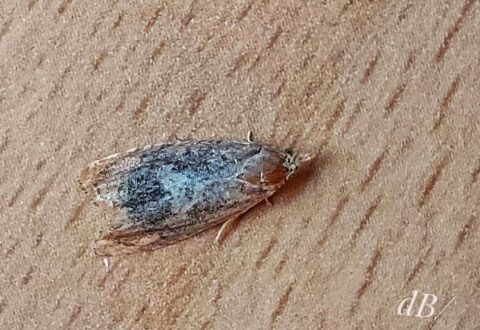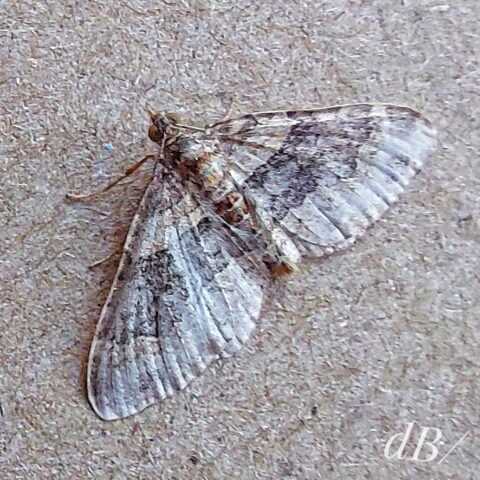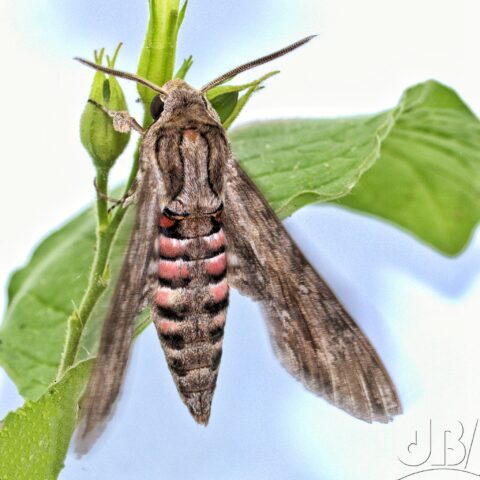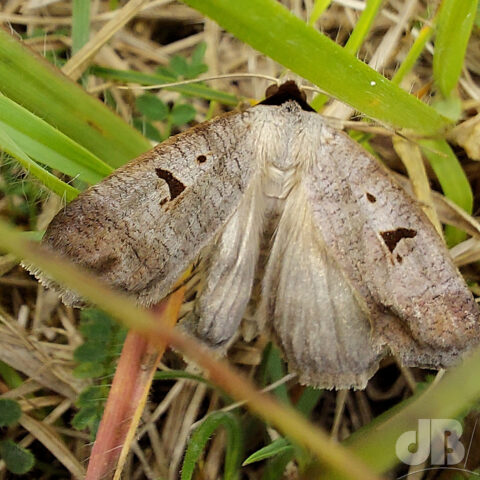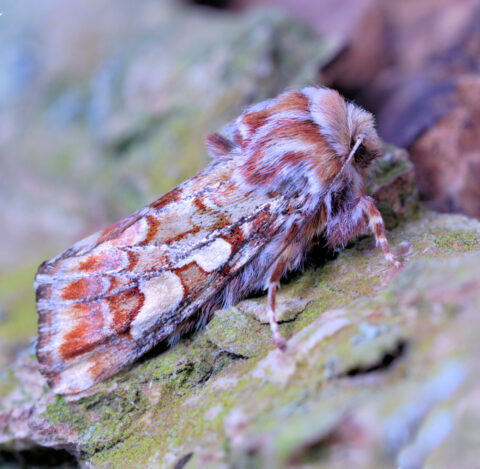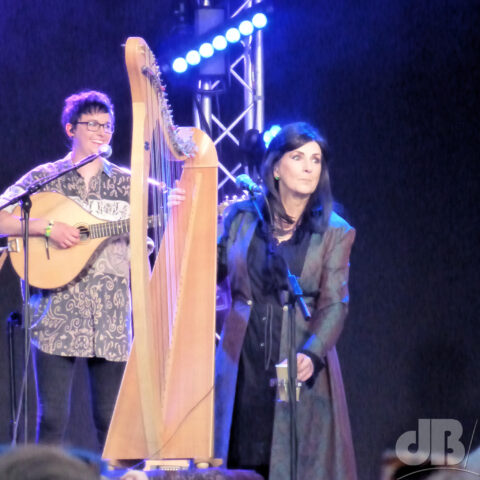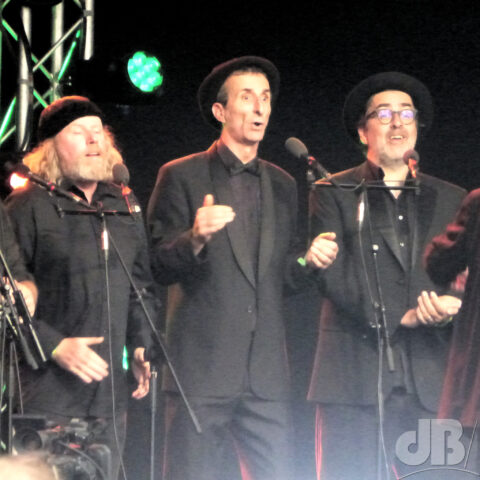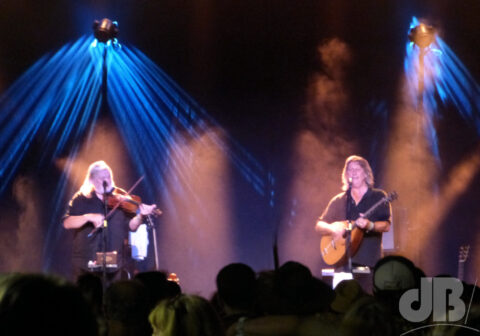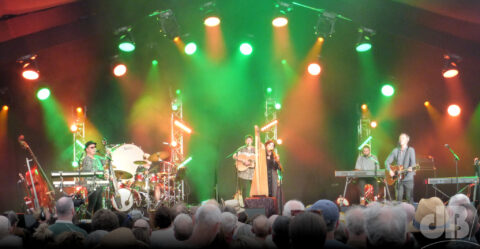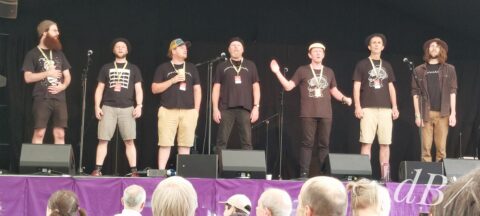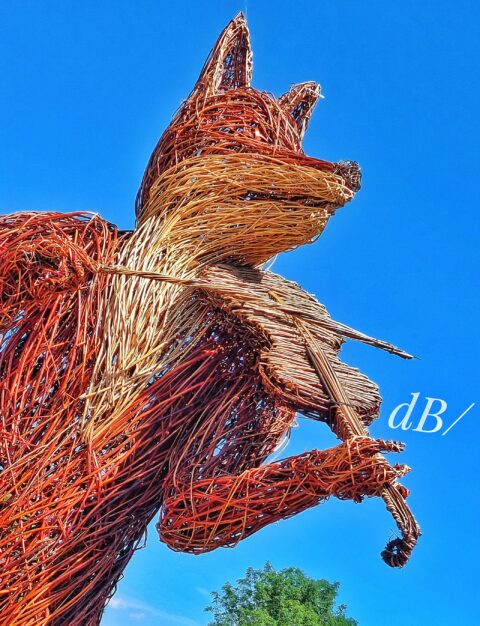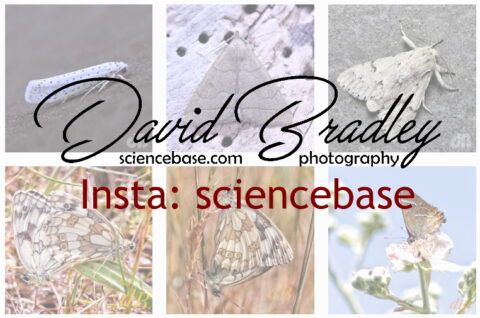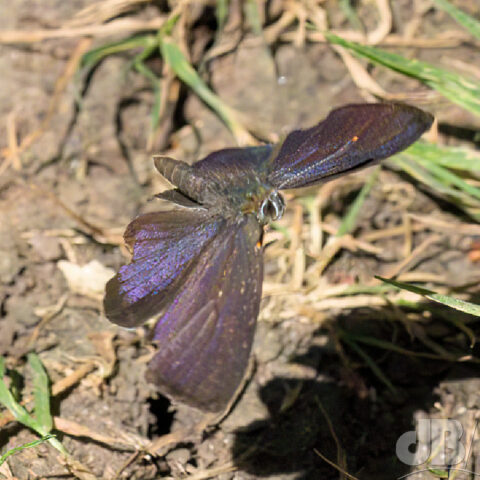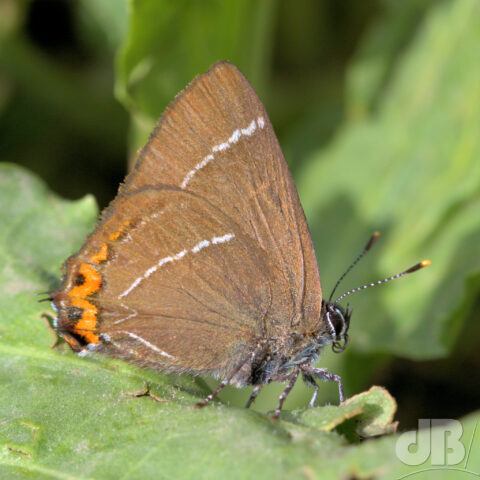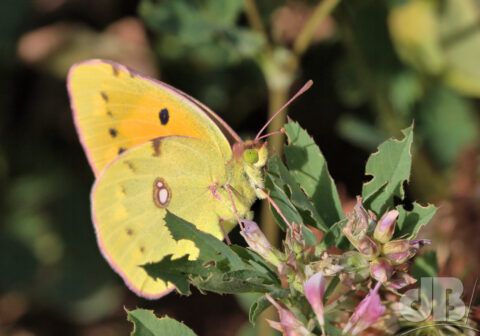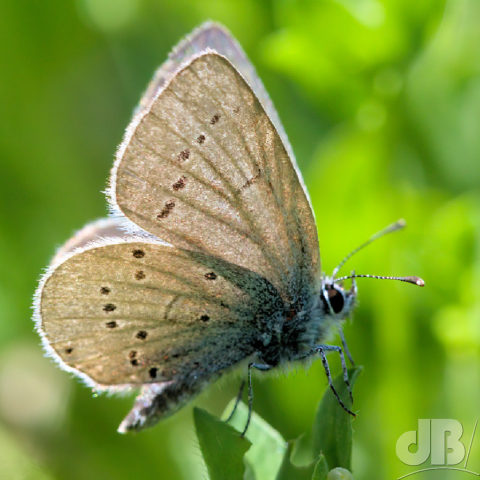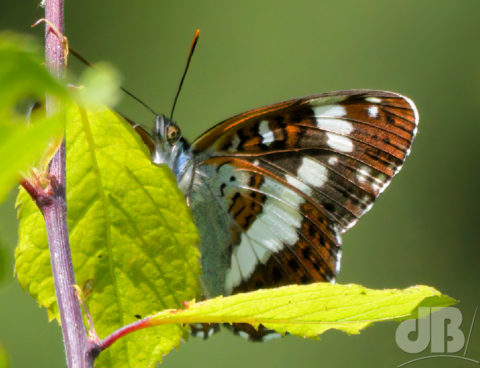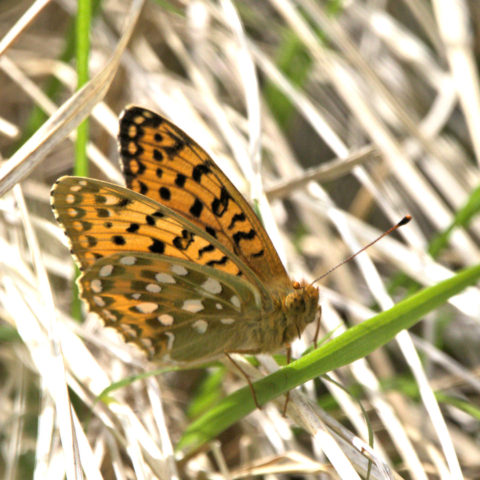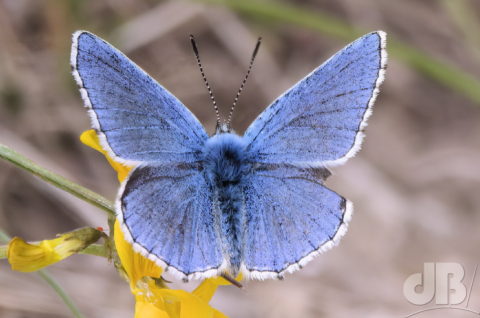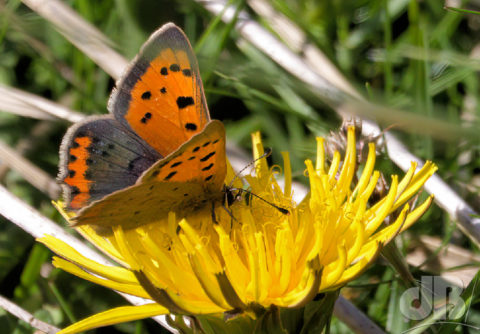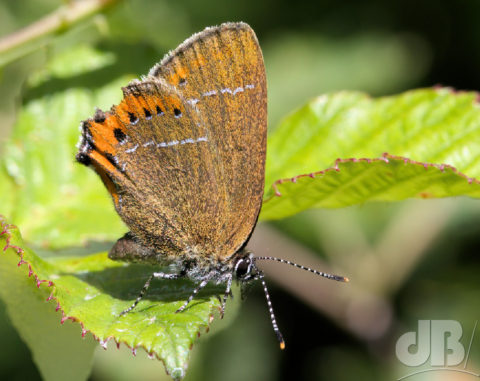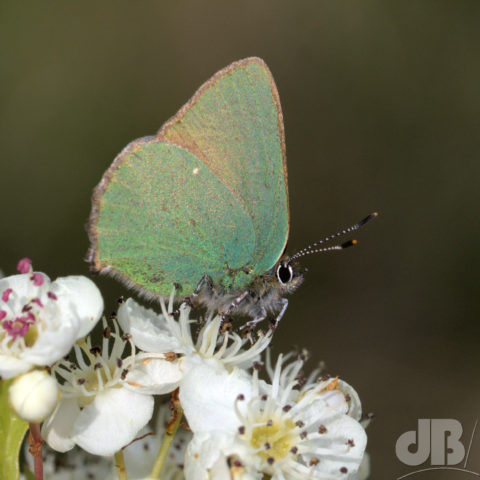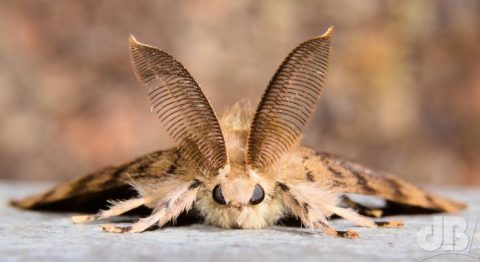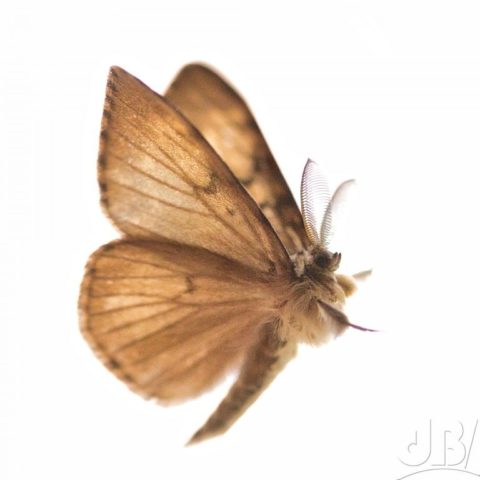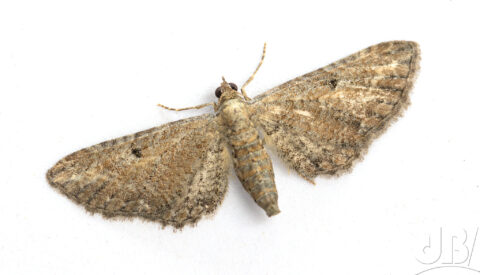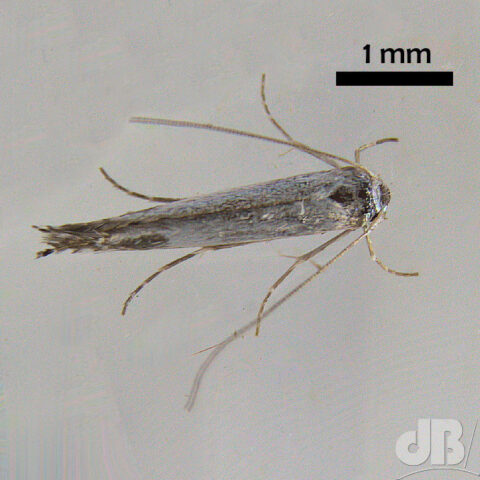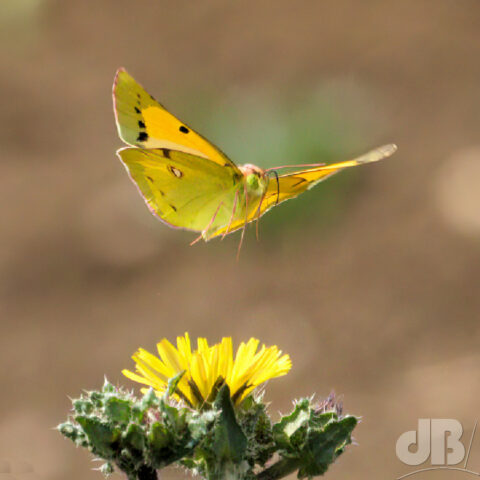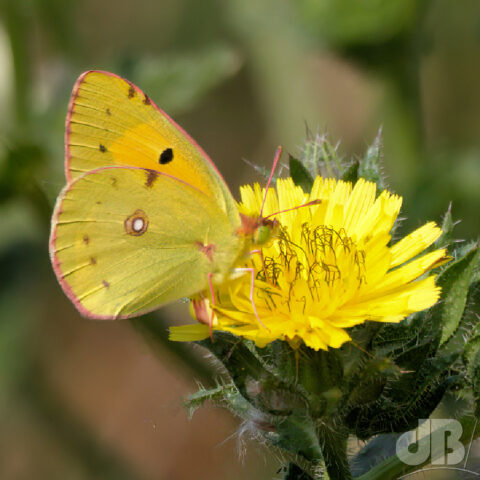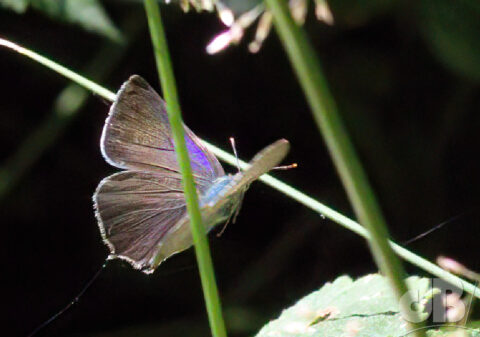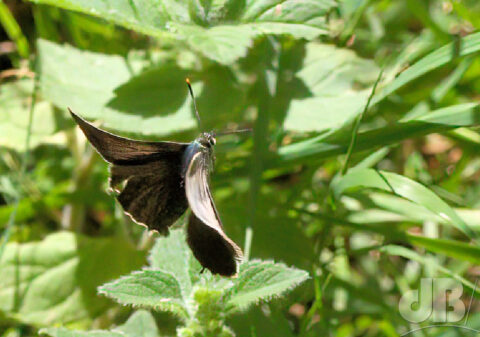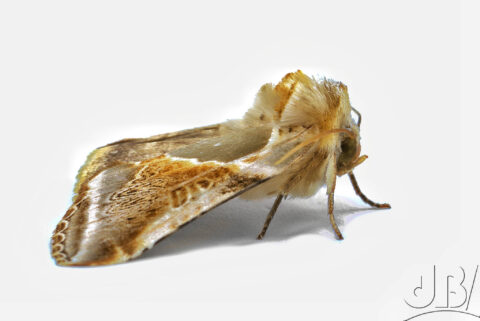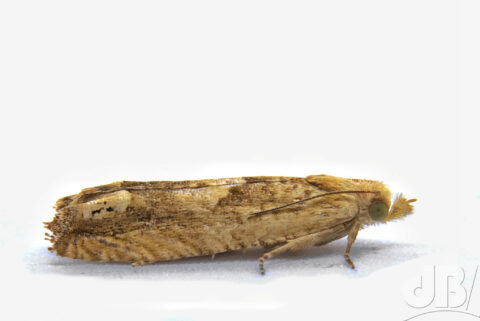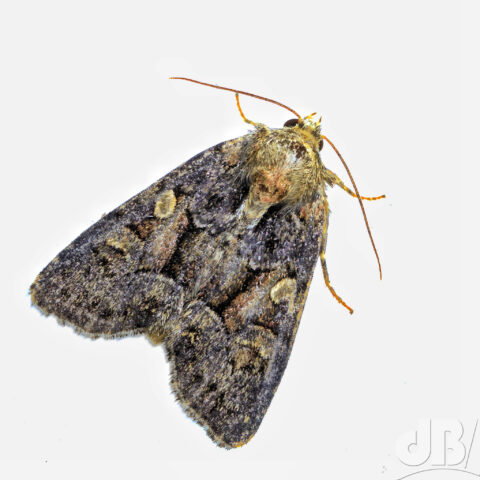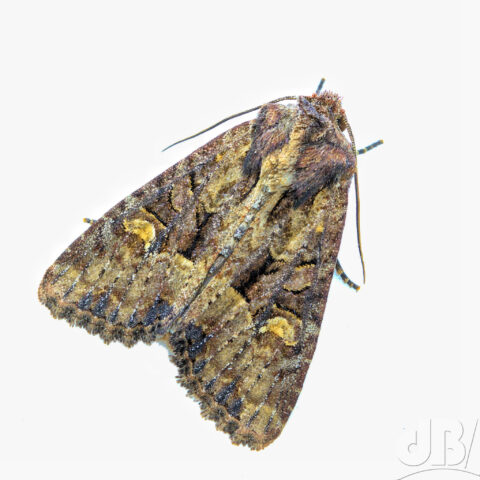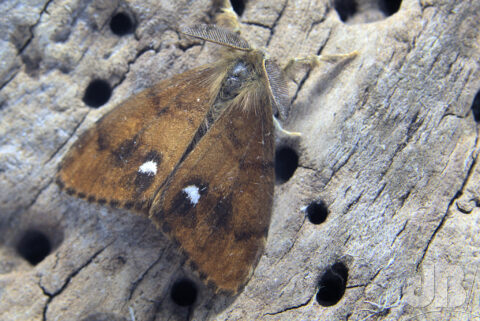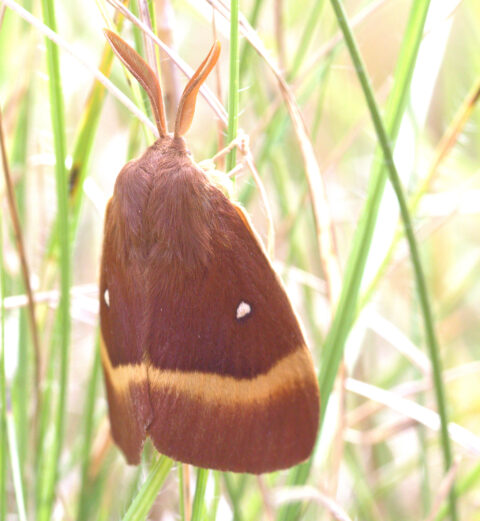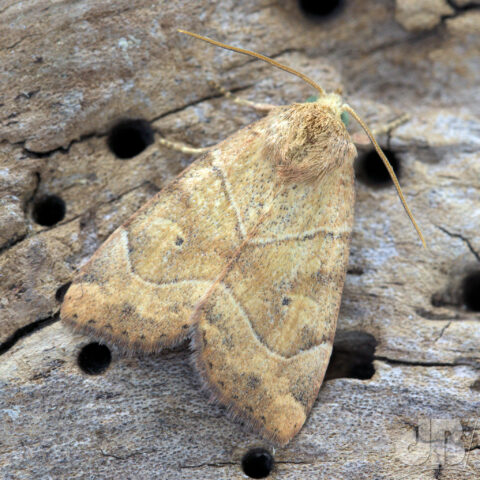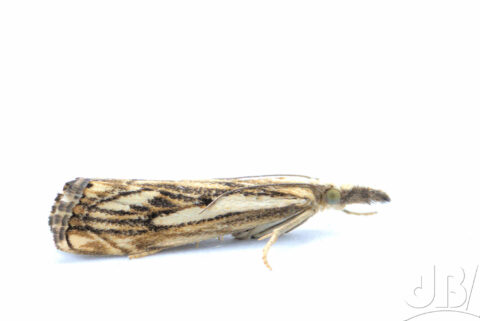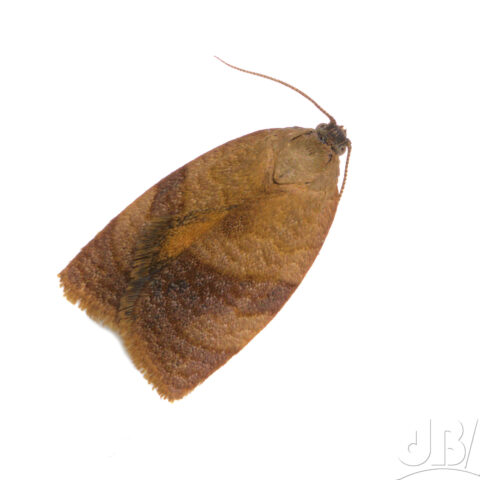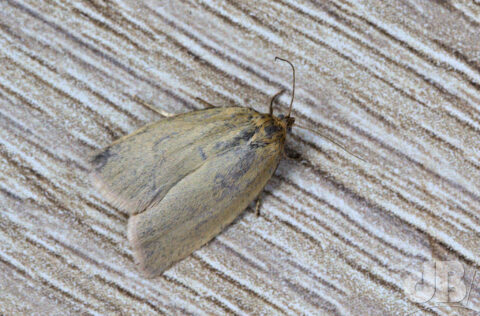FINAL UPDATE: Back home, checked through the records. 12 species I’d not seen before, at least two of which are usually confined to the South coast and hinterland.
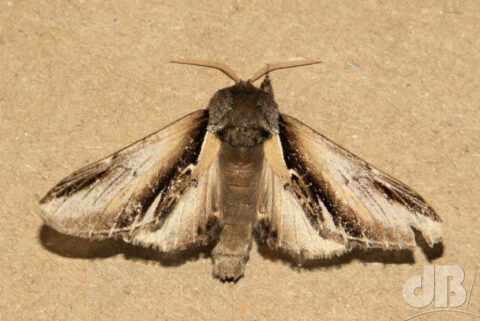
The list of moths I’d not photographed before our New Forest 2022 trip is as follows: Black Arches, Chequered Fruit-tree Tortrix, Cydia amplana, Dusky Thorn, Hedge Rustic, Lesser Swallow Prominent, Lesser Treble Bar, Light Crimson Underwing, Plain Wave, Dark-barred Twin-spot Carpet, Rosy Footman, Six-striped Rustic.
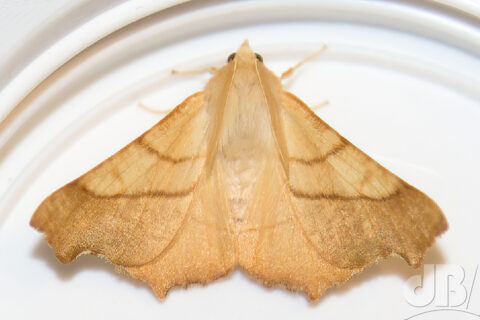
Records now dispatched to Hampshire County Moth Recorder, Mike Wall.
UPDATE: Seventh Night: A warm and dry night, 60 or so moths of 26 species, including one final new for me: Small Square-spot.
UPDATE: Sixth Night. Started off rather dry and balmy, I’d lit up before we left the holiday house for the pub and there was quite a lot of European Hornets hanging around when we got back well after dark. I also caught sight of a Rosy Footman (new for me), a Light Emerald, and a few veneers. But, it started raining heavily during the night.
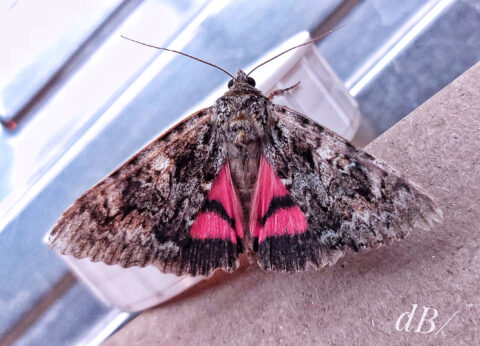
By Thursday morning there was quite a lot of water in the trap and the egg cartons were soaked, there were still 40 moths of 23 species, with two or three escapees that eluded identification. Once again a few clipped wings present suggesting that the local Robins had been dining at the trap after dawn too.
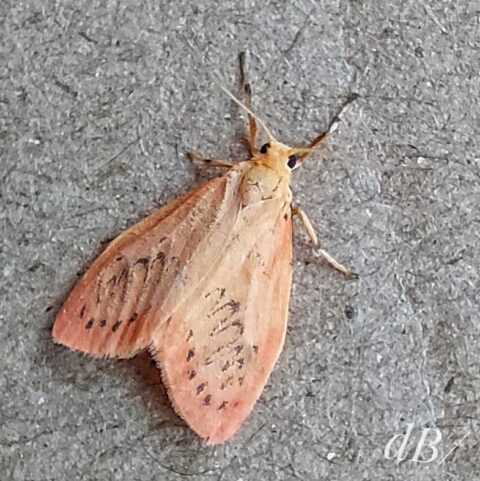
I managed to fish out the Rosy Footman and another new for me, Light Crimson Underwing (this completes the set of Catocala underwings I’ve photographed). There’s a short video clip of the LCUW on the Sciencebase Instagram, with Going to the Chapel as the background music for good reason given the scientific names of these large underwing moths.
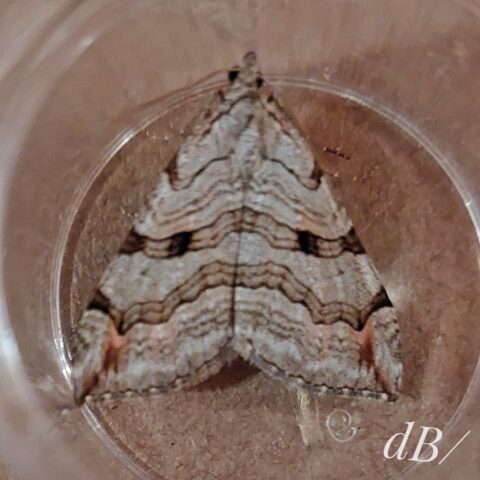
UPDATE: Fifth night. Cool, but not wet. About six moths of 23 species. Some new for the week, like Yellow Shell, Straw Underwing, Mother of Pearl, and Canary-shouldered Thorn. Also, new for me Dark-barred Twin-spot Carpet (very worn, most likely Dark-barred than Red though) and Hedge Rustic. Numerous clipped wings in the trap and bird droppings on the top from avian activity.
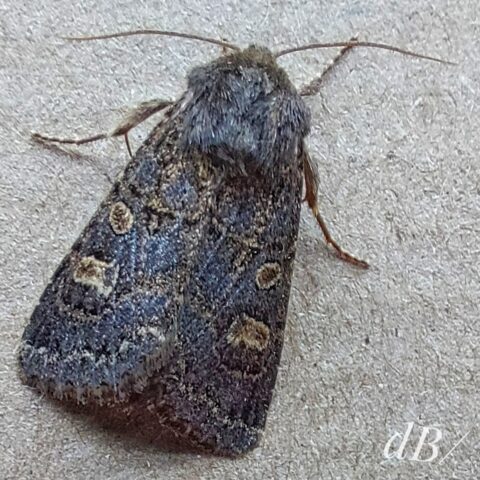
UPDATE: Fourth night. Drizzly night, around 70 moths of 30 species. Probably overlooked a couple but also had my first Dusky Thorn and Lesser Swallow Prominent, numerous Small Bloo-vein, lots of Flounced Rustic and Agriphila tristella again, and at least a dozen Red-legged Shield Bug.
UPDATE: Third night numbers were down a lot, but there was still a Buff Footman, another Jersey Tiger, Oak Hook-tip, and a Plain Wave (NFM) and various others (mainly Agriphila tristella and Flounced Rustic). Added some video of the Jersey Tiger to my Instagram with a snippet of appropriate ABBA.
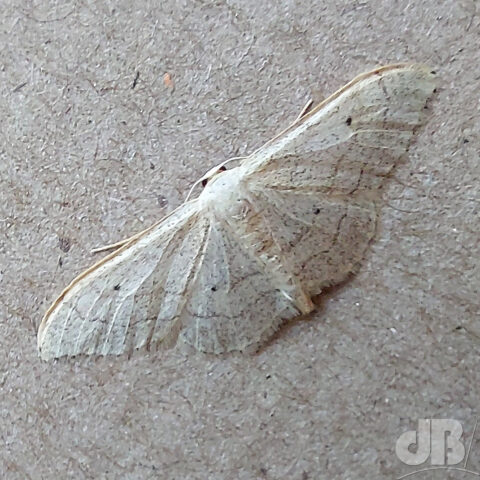
UPDATE: Second night of lighting up, quite a lot more moths around 40-50, including Black Arches (3, NFM), Jersey Tiger (2), Light Emerald (6), Maiden’s Blush, also a European Hornet.
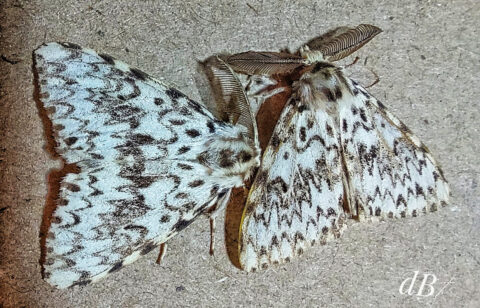
First night off-site with the LepiLED and a portable Robinson-type moth trap was in North Poulner in the New Forest. We ate fairly late but there were Pipistrelle bats circling the trees in the garden overlooking the valley long before dusk felel.
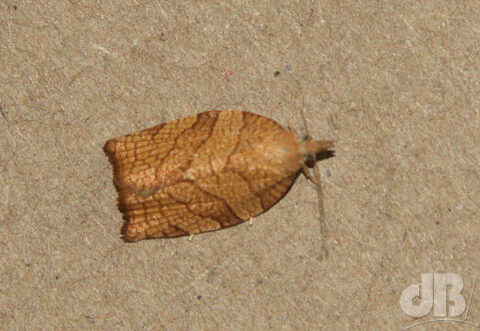
I lit up with the trap right under an oak tree, I had high hopes. Numbers weren’t huge, but there were a couple of species I had not seen before – Six-striped Rustic (Xestia sexstrigata, one of the many noctuid, or owlet moths) and Chequered Fruit-tree Tortrix (Pandemis corylana). The latter is also known as the Hazel Tortrix Moth, the Filbert Tortricid or the Barred Fruit-tree moth and sits within the Tortricidae family.
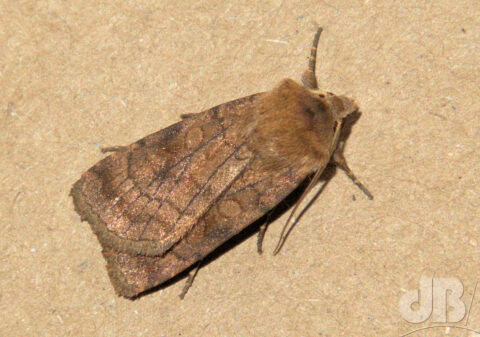
Full list for the first lit-up night was: Brimstone, Chequered Fruit-tree Tortrix (NFM), Chrysoteuchia culmella (6), Flame Shoulder, Lesser Broad-bordered Yellow Underwing (2), Light Emerald (3), Maiden’s Blush, Rosie Rustic, Six-striped Rustic (2, NFM).
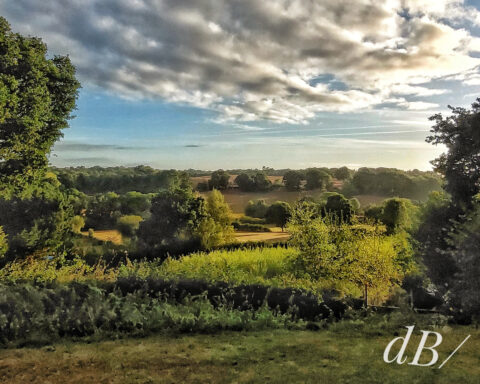
Just to note, when I got up in the middle of the night and took a breath of fresh air, as it were, there was a fox trotting slowly past the moth trap in the relative dark, I don’t think it even saw me standing there, certainly didn’t seem perturbed.
I didn’t have my usual macro kit and “studio” with me, so just basic record shots of the new moths taken with my phone camera or non-macro SLR lens. Note to self: take macro lens and tripod and LED staging kit and flashgun on next trip or regret it!
